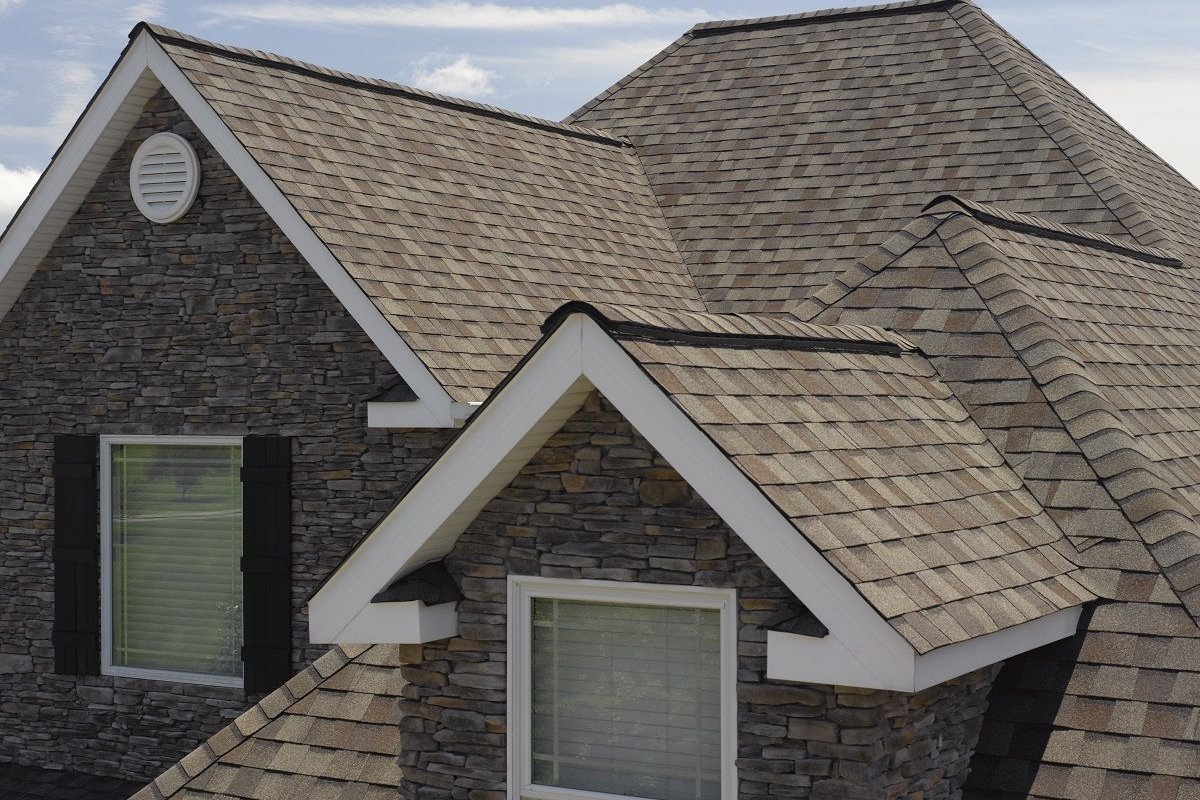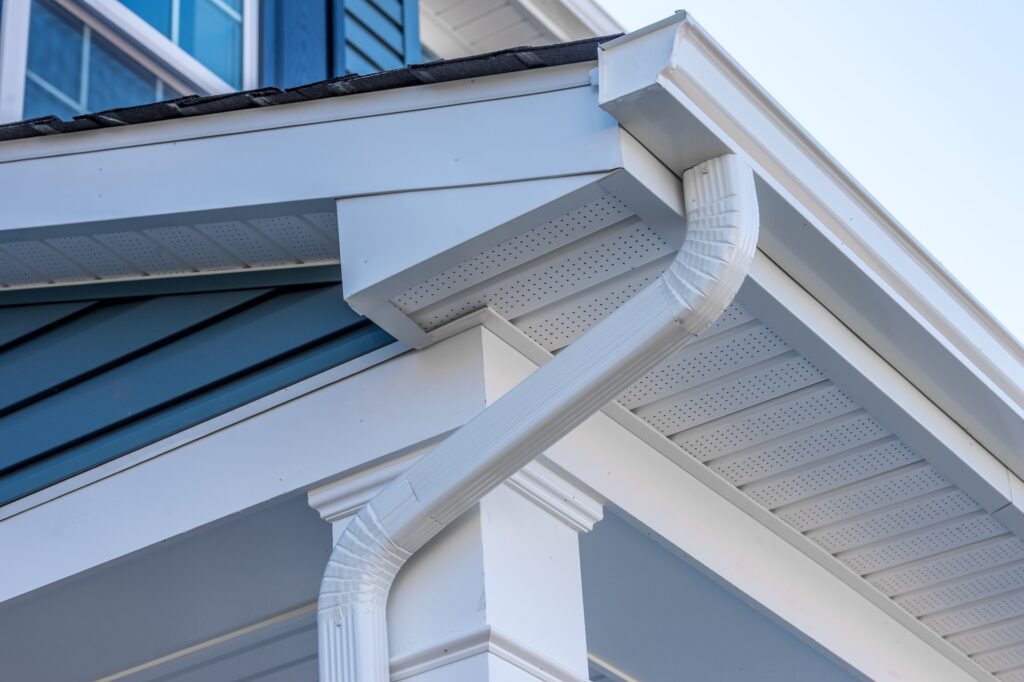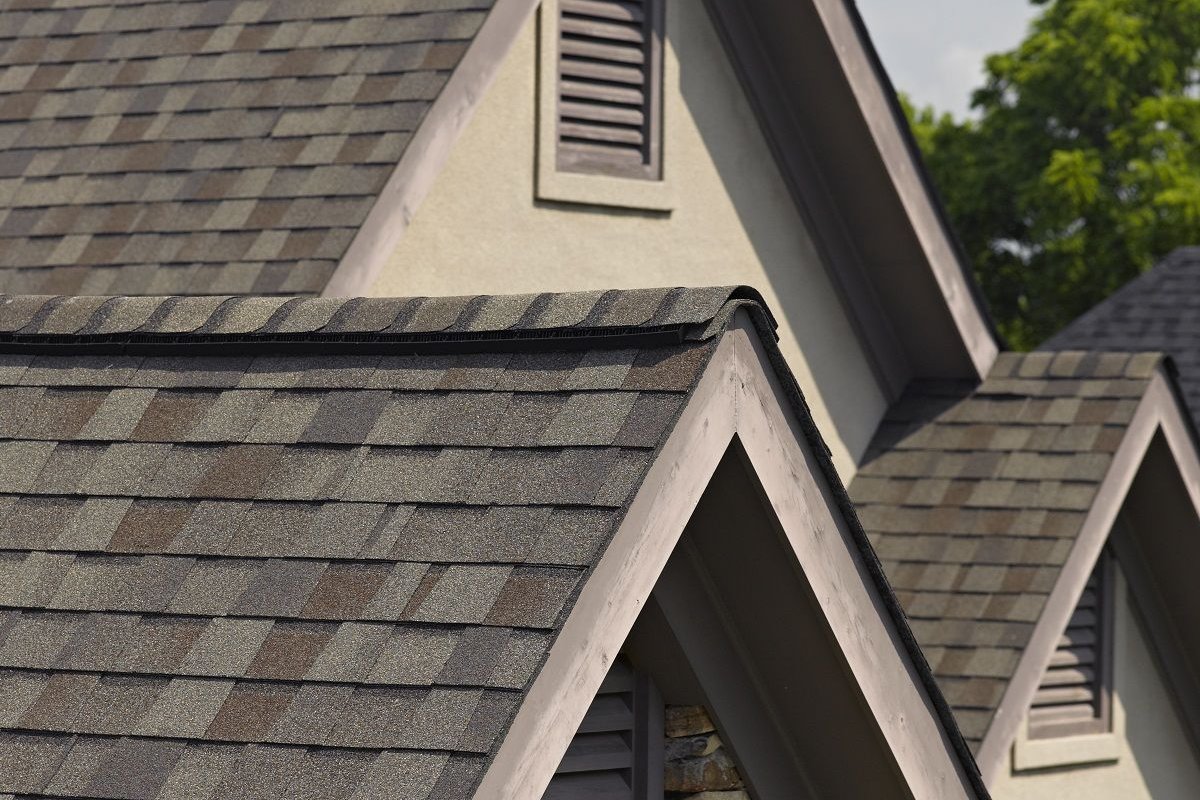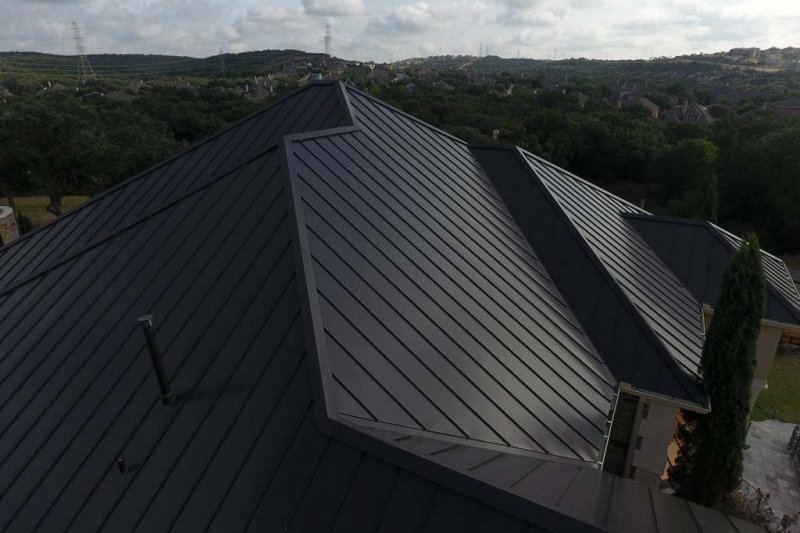How Long Do Shingles Last in Portland, Oregon? A Comprehensive Guide
Understanding the expected lifespan of your roof's shingles is crucial for maintaining your home's structural integrity and planning for future expenses. For homeowners in Portland, Oregon, where the climate presents unique challenges like persistent rain and humidity, knowing how long your asphalt shingles are designed to last and the factors that can shorten or extend that life is particularly important. A roof isn't just about aesthetics; it's your primary defense against the elements, and its condition directly impacts everything beneath it. Ignoring the age and condition of your shingles can lead to costly damage down the line.
Understanding Different Shingle Types and Their Lifespans
Not all asphalt shingles are created equal. Their composition and design significantly influence their durability and expected lifespan. Primarily, there are three main types commonly used on residential roofs:
3-Tab Shingles
These are the most basic and traditionally the most affordable type of asphalt shingle. They are characterized by a flat, single-layer appearance with cutouts that create the look of three separate tabs per shingle strip.
- Composition: Consist of a fiberglass mat base coated with asphalt and covered with ceramic granules.
- Typical Lifespan: Generally the shortest lifespan among asphalt shingles, typically ranging from 15 to 20 years.
- Performance: More susceptible to wind uplift and damage compared to heavier shingle types. Granule loss can occur more quickly.
Architectural (Laminate) Shingles
Also known as laminate or dimensional shingles, these are thicker and more durable than 3-tab shingles. They are constructed with multiple layers of asphalt and fiberglass, giving them a richer, more textured appearance that mimics the look of wood shakes or natural slate.
- Composition: Multiple layers of fiberglass and asphalt bonded together, topped with ceramic granules.
- Typical Lifespan: Offer a significantly longer lifespan, usually ranging from 25 to 30 years, with some higher-end versions rated for longer.
- Performance: Better resistance to wind, hail, and general wear and tear due to their weight and multi-layer construction. Their thickness provides a more substantial barrier against the elements.
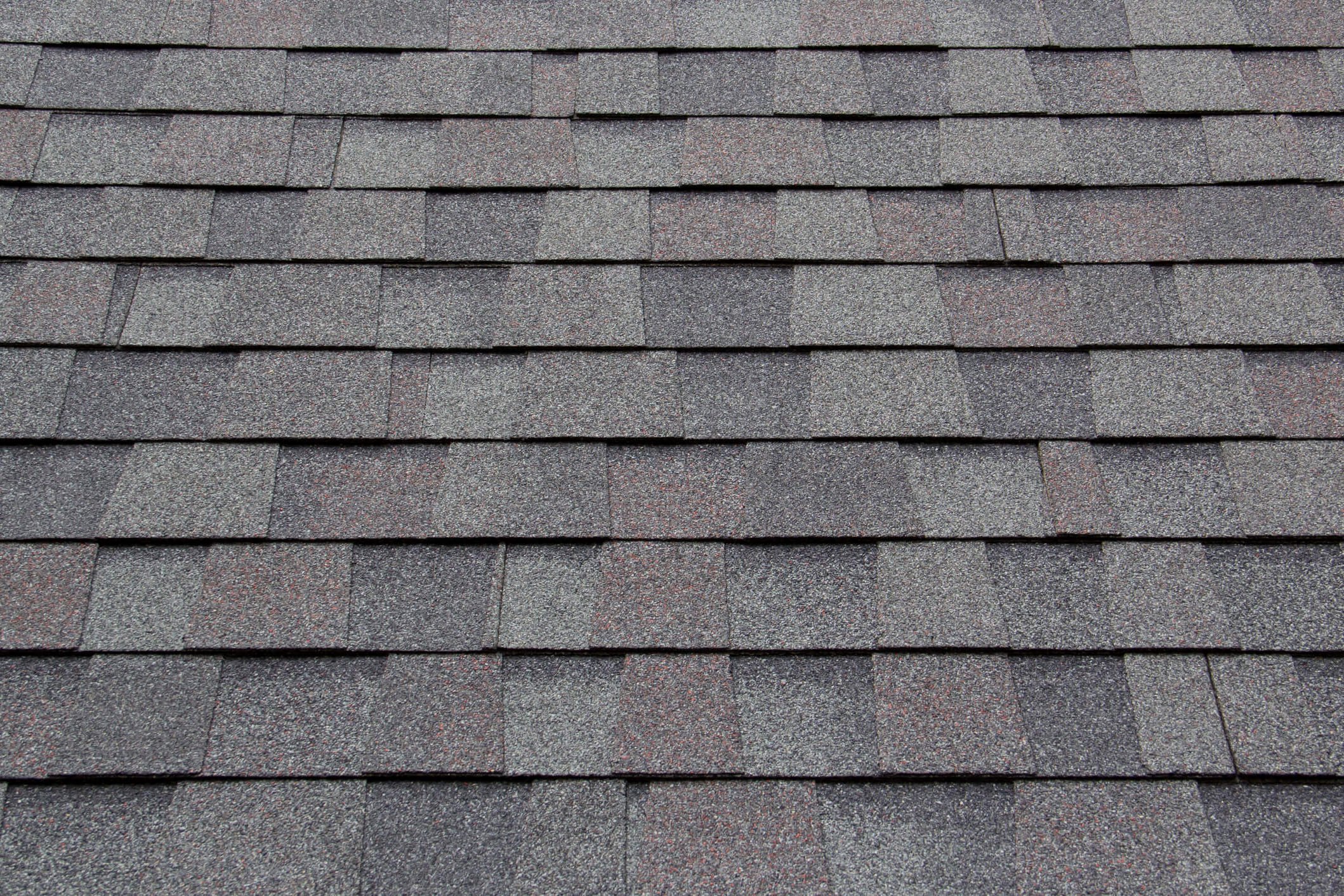
Designer (Luxury) Shingles
These are the highest quality and most expensive type of asphalt shingle. They are designed to replicate the appearance of premium roofing materials like natural slate or wood shakes with enhanced thickness, weight, and often, unique shapes and colors.
- Composition: Heaviest and most robust construction, often with specialized asphalt formulations and granule coatings.
- Typical Lifespan: The longest lifespan, often rated for 30 to 50 years or even lifetime limited warranties.
- Performance: Superior durability, wind resistance, and aesthetic appeal. May offer enhanced features like impact resistance or cool roof technology.
While these are general guidelines, the actual lifespan of any shingle roof can be significantly impacted by a multitude of factors, especially in a climate like Portland, Oregon.
Factors Severely Impacting Shingle Lifespan
Understanding the rated lifespan of a shingle is just the starting point. Real-world conditions can drastically accelerate or slow down the aging process of your roof. Several key factors play a critical role:
Climate and Weather Patterns
This is arguably the most significant factor, particularly in specific geographic regions.
- Sun Exposure (UV Radiation): The sun's ultraviolet (UV) rays degrade the asphalt binder in shingles over time, causing it to become brittle and leading to granule loss. While Portland, Oregon, isn't known for intense, year-round sun like Arizona, summer UV exposure still contributes to wear.
- Temperature Fluctuations: Repeated expansion and contraction caused by temperature swings, especially freezing and thawing cycles, stress the shingles and their seals, leading to cracking and loosening.
- Rain and Moisture: Persistent rain, common in Portland, Oregon, is a major contributor to roof aging. Constant dampness encourages organic growth like moss and algae, and repeated saturation and drying cycles can weaken the shingle structure. Proper drainage is essential.
- Wind: High winds can lift and tear shingles, especially if they are older or improperly installed. Wind-driven rain can also penetrate beneath damaged shingles, leading to deck rot.
- Hail and Storm Damage: While not as frequent as rain, hail can cause significant impact damage, bruising the shingle mat and dislodging granules. This damage is often not immediately visible but compromises the shingle's protective layer, accelerating aging.
Installation Quality
Even the highest-quality shingles won't last their rated lifespan if they are not installed correctly.
- Improper Nailing: Nailing too high, too low, crooked, or with incorrect pressure can lead to shingles that are loose, easily damaged, or prone to blow-off.
- Inadequate Underlayment: The underlayment provides an extra layer of protection against water penetration. Using the wrong type or installing it improperly can allow water to reach the roof deck.
- Poor Flashing Installation: Flashing around chimneys, vents, skylights, and valleys is crucial for preventing leaks. Incorrectly installed flashing is a common source of water damage.
- Lack of Starter Shingles: Starter shingles provide a sealed edge along the eaves and rakes, preventing wind uplift and water penetration.
- Insufficient Overhang: Eaves should extend far enough to direct water away from the fascia and walls.
Proper installation is paramount for a roof's longevity. A professional roofing contractor understands the specific requirements for different shingle types and local building codes.
When you need a professional to assess your roof's condition or discuss potential installation issues, you can easily connect with pre-vetted local experts.
Book a qualified roofing professional
Roof Ventilation
Proper attic ventilation is critical for regulating temperature and moisture in the attic space.
- Heat Buildup: Poor ventilation traps hot air in the attic, causing the underside of the shingles to overheat. This accelerates the drying and breakdown of the asphalt, leading to premature aging and curling.
- Moisture Buildup: In damp climates like Portland, Oregon, moisture rising from the living space or entering through leaks can accumulate in a poorly ventilated attic. This can lead to condensation on the underside of the roof deck, potentially causing mold, rot, and weakening the shingle attachment.
- Ice Dams: While less common in the immediate Portland metro area than in colder climates, poor ventilation combined with heat loss from the house can contribute to ice dam formation in prolonged freezing conditions, forcing water under the shingles.
A balanced ventilation system includes both intake vents (typically at the eaves or soffits) and exhaust vents (such as ridge vents or box vents) to create airflow.
Roof Pitch and Orientation
- Low Slope: Roofs with a lower pitch (less steep) shed water more slowly. This increases the time shingles remain wet, encouraging moss and algae growth and potentially allowing water to back up under the shingles.
- Steep Slope: Steeper roofs shed water and debris more effectively. However, they can be more exposed to wind damage and require more careful installation.
- Orientation: The direction a roof slope faces impacts its sun exposure. Slopes facing south or west typically experience more intense UV exposure, while north-facing slopes may stay damp longer, promoting moss growth.
Maintenance Schedule
Lack of regular maintenance is a major reason roofs fail prematurely.
- Gutter Cleaning: Clogged gutters prevent water from properly draining off the roof, leading to standing water along the eaves and fascia, which can cause rot and encourage moss.
- Moss and Algae Removal: Moss holds moisture against the shingles, causing granules to detach and the shingle material to deteriorate. Algae creates dark streaks that absorb heat and can also hold moisture. Regular, gentle cleaning or treatment (using appropriate, roof-safe methods) is essential in damp environments.
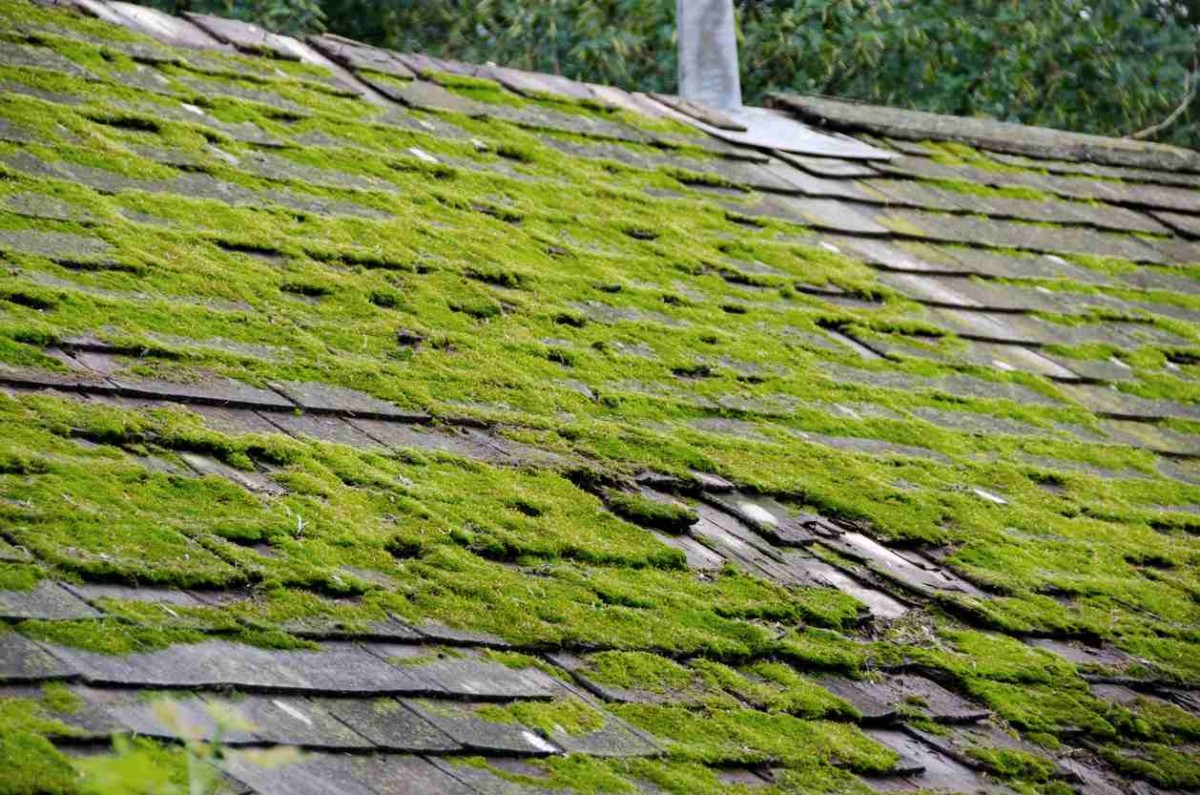
- Tree Trimming: Overhanging branches can scrape shingles, causing granule loss. They also drop leaves and debris that trap moisture and encourage moss growth. Trees provide shade, which can keep the roof damp longer, but also protect from direct sun. It's a balance, but keeping branches off the roof surface is key.
- Regular Inspections: Catching minor issues like cracked or missing shingles, damaged flashing, or ventilation problems early can prevent them from escalating into major leaks and damage.
Material Quality
Even within the same type (e.g., architectural), there can be variations in quality between manufacturers. Factors like the grade of asphalt, the density of the fiberglass mat, and the quality and quantity of ceramic granules affect durability. Choosing reputable brands known for quality and performance is important.
Understanding these factors allows homeowners to anticipate potential issues and take proactive steps to maximize their roof's lifespan.
Signs Your Shingles Need Replacement
Even if you know the theoretical lifespan of your shingles, recognizing the physical signs of aging and damage is crucial for timely action. Ignoring these warnings can lead to water damage, structural issues, and higher repair costs.
- Missing Shingles: Obvious gaps on your roof are a clear sign of damage, often caused by wind or improper installation. Missing shingles expose the underlayment and roof deck to water.
- Curling or Cupping: Shingles may curl upward at the edges or cup downward in the middle. This is often a sign of aging, heat damage, or improper ventilation, indicating the shingle is no longer lying flat and providing a uniform barrier.
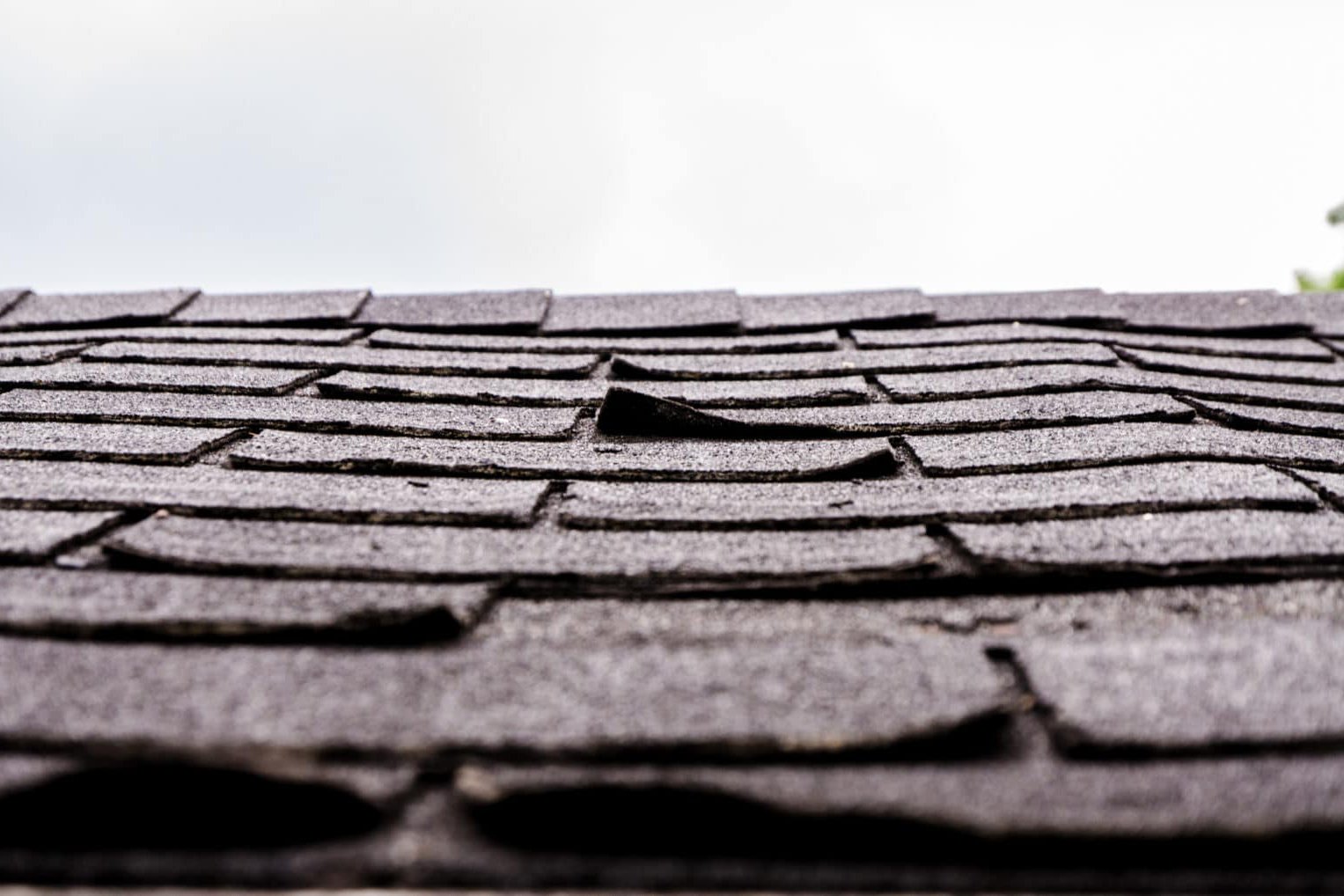
- Cracked Shingles: Cracks can occur due to aging, temperature stress, or impact damage. Cracks allow water to penetrate to the layers beneath.
- Granule Loss: The ceramic granules on the surface protect the asphalt from UV rays and add fire resistance. As shingles age, these granules wear off and are often found in gutters or downspouts. Significant granule loss exposes the asphalt, accelerating deterioration.
- Dark Streaks or Stains: Often caused by algae growth (Gloeocapsa magma), these black or green streaks are common in humid climates. While primarily cosmetic, algae can hold moisture and indicate conditions that also favor moss.
- Moss and Fungi Growth: As discussed, moss is a major issue in damp areas. It holds moisture, can lift shingles as it grows, and deteriorates the shingle material. Significant moss growth is a strong indicator that the roof's lifespan is being shortened.
- Blistering: Small bubbles on the shingle surface can indicate manufacturing defects or poor ventilation causing moisture or volatile oils in the asphalt to vaporize.
- Water Stains on Ceilings or Walls: This is a definitive sign of a leak. Leaks often originate from compromised shingles, flashing, or valleys.
- Sagging Roof Deck: A sagging roof line indicates potential structural issues, often caused by prolonged water damage to the underlying roof deck or framing.
- Age of the Roof: Even without visible signs of catastrophic failure, if your roof is approaching or has exceeded its expected lifespan based on shingle type (e.g., 20+ years for 3-tab, 25+ years for architectural), it's wise to have it professionally inspected.
Recognizing these signs early can save you considerable expense and prevent extensive damage to your home. If you notice any of these issues, especially water stains or significant damage after a storm, it's time to seek professional help.
If you've spotted active leaks, significant storm damage, or other urgent signs of roof failure, don't wait. You need a professional inspection right away.
Book a roofing professional appointment
Extending Your Shingle Roof's Lifespan
While no roof lasts forever, proactive maintenance can significantly extend its life and performance, especially in challenging climates like Portland, Oregon.
- Regular Inspections: Have your roof inspected at least once a year, ideally in the spring or fall. A professional can spot potential issues before they become major problems. You can also perform visual checks from the ground yourself.
- Keep Gutters Clean: Clean your gutters regularly, especially after heavy rain or leaf fall. This ensures water drains properly and prevents overflow that can damage fascia, soffits, and the roof edge.
- Manage Moss and Algae: In areas prone to moss like the Pacific Northwest, preventative treatments can help. If moss is already present, use approved roofing cleaners or treatments to remove it gently. Never use a pressure washer on asphalt shingles, as this will strip granules and severely damage the roof. Consider installing zinc or copper strips along the ridge; as rain washes over them, it releases minerals that inhibit moss and algae growth further down the roof.
- Trim Overhanging Branches: Keep trees trimmed back from your roof surface to prevent scraping, debris buildup, and excessive shade that promotes moss.
- Check Ventilation: Ensure soffit and ridge vents are not blocked (by insulation in the attic or debris outside). Proper airflow helps regulate temperature and moisture.
- Address Minor Repairs Promptly: Don't put off fixing a single missing or damaged shingle, loose flashing, or a small leak. Minor issues can quickly lead to more extensive and costly damage.
Consistent maintenance is the most effective way to ensure your shingles perform as intended for as long as possible.
When to Consider Replacement vs. Repair
Deciding whether to repair or replace your roof is a significant decision, often depending on the age of the roof, the extent of the damage, and your budget.
Repair is Often Suitable When:
- The roof is relatively young (well within its expected lifespan).
- Damage is confined to a small area (e.g., a few missing shingles, a localized leak around a vent).
- The damage was caused by a specific event (e.g., a fallen branch, minor storm damage) and the rest of the roof is in good condition.
- You are planning to sell the home soon and only need to address immediate issues for inspection purposes.
Replacement is Likely Necessary When:
- The roof is nearing or past its expected lifespan (e.g., 20+ years for 3-tab, 25+ years for architectural).
- There is widespread damage (significant granule loss across multiple slopes, extensive curling/cracking).
- Multiple leaks are occurring in different areas.
- There is visible sagging of the roof deck.
- The cost of repeated repairs is adding up and approaching the cost of a replacement.
- You plan to stay in the home for many years and want the peace of mind and protection a new roof provides.
- You are undertaking major renovations and it makes sense to address the roof simultaneously.
Replacing a roof is a significant investment, but it provides a fresh start, improved curb appeal, better protection, and can increase your home's value. It's often more cost-effective in the long run than patching an aging roof repeatedly.
If you're trying to budget for a potential roof replacement or simply want to understand the estimated cost based on your specific roof dimensions, getting an instant estimate can be incredibly helpful.
Get your free instant roof estimate
Getting Professional Roofing Help
Whether you need a minor repair, a professional inspection to assess your roof's condition, or are planning a full replacement, hiring qualified professionals is essential. A good roofing contractor can accurately diagnose problems, recommend the best course of action, and perform work to industry standards, ensuring your roof provides maximum protection for years to come.
Choosing a local contractor is often beneficial as they are familiar with regional weather patterns, building codes, and have relationships with local suppliers. Look for contractors who are licensed, insured, and have positive reviews or references. Don't hesitate to get multiple opinions and quotes.
Understanding the process, from initial assessment to project completion, will help you feel more confident. Professionals can explain the different material options suitable for your climate and budget, the scope of work involved, and the project timeline.
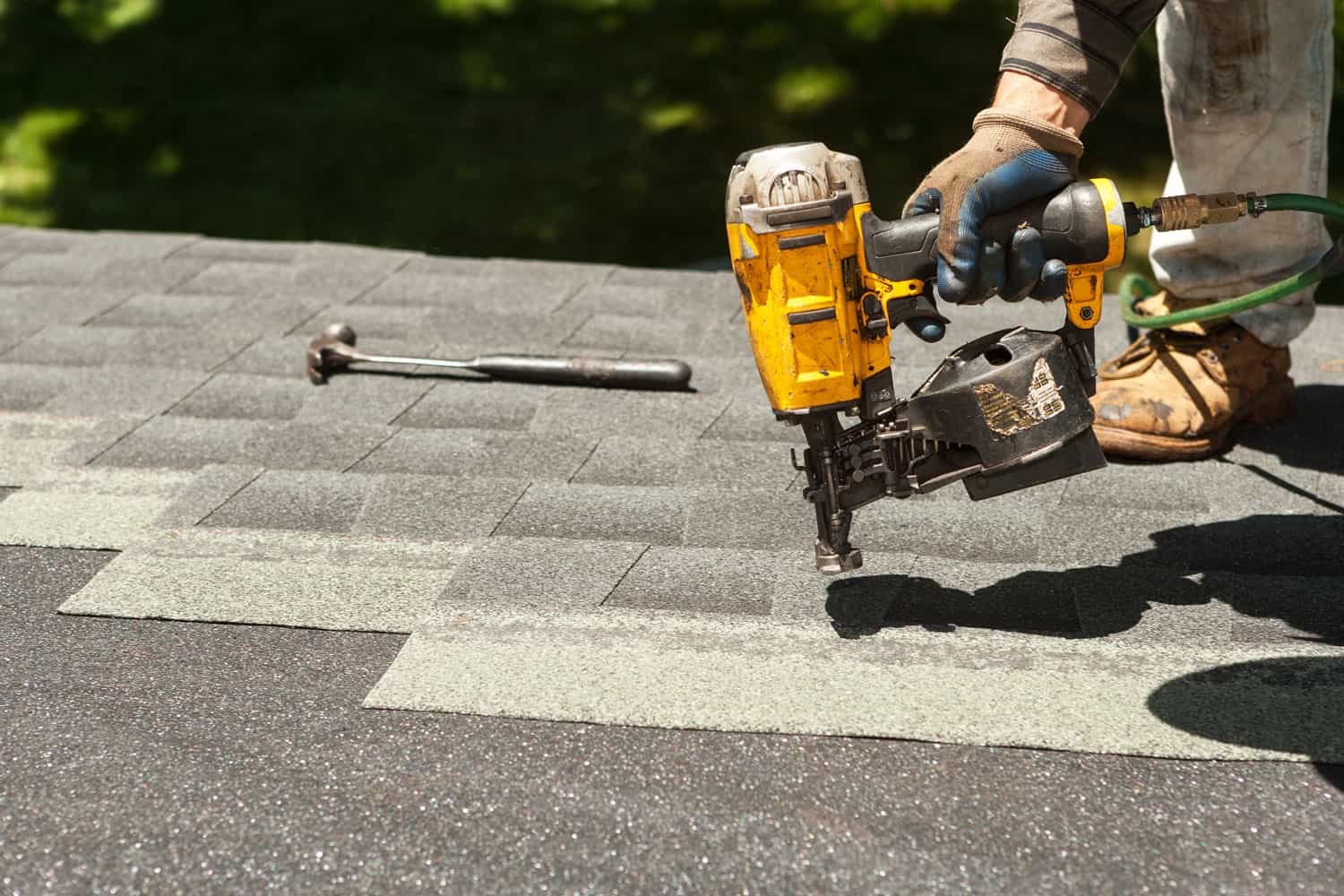
Protecting Your Portland Home's Roof
The lifespan of asphalt shingles on your home in Portland, Oregon, is influenced by a complex interplay of material quality, installation expertise, local climate challenges, and consistent maintenance. While manufacturer ratings provide a baseline, real-world factors, particularly the prevalence of moisture and moss, demand proactive care. Recognizing the signs of wear and tear early and addressing them promptly is key to preventing minor issues from becoming expensive disasters. Whether you're planning for a future replacement or facing an immediate roofing emergency, having access to reliable information and trusted local professionals is invaluable for protecting your most important investment.
